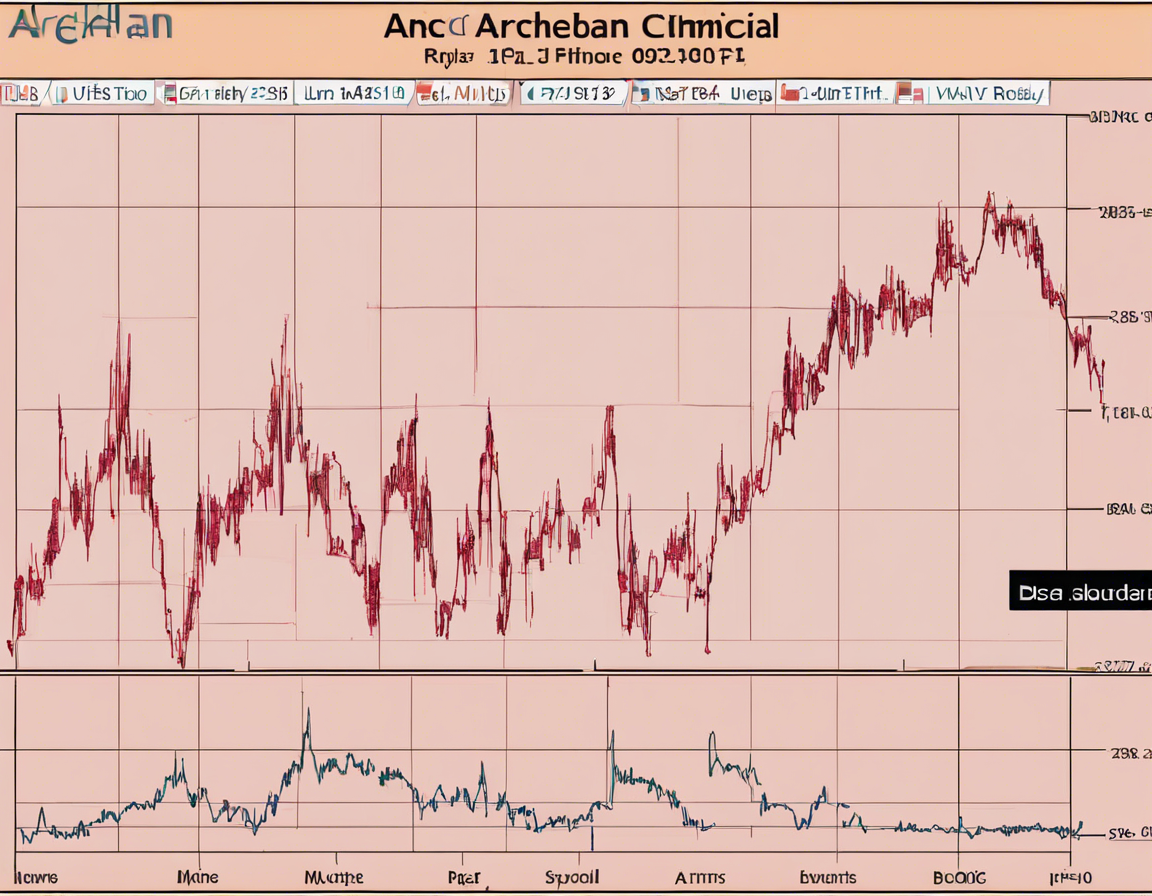
The Archean period, which spans from 4 to 2.5 billion years ago, was a time of great geological and chemical changes on Earth. Understanding the chemical composition of this ancient era can provide fascinating insights into the planet’s evolution and the processes that shaped it. In this article, we will delve into the Archean chemical share price trends – a metaphorical exploration of how the chemical elements that make up our world “traded” during this ancient period.
Archean Earth: Setting the Stage
During the Archean Eon, Earth was a very different place compared to what we know today. The planet was still cooling from its formation, and volcanic activity was rampant, spewing forth gases and lava that shaped the early atmosphere and oceans. The lack of free oxygen in the atmosphere during this time had profound implications for the types of chemical reactions that could occur on Earth.
The Chemistry of Archean Oceans
One of the defining features of the Archean oceans was their high iron content. The abundance of dissolved iron in the seas gave them a greenish hue and played a crucial role in the precipitation of banded iron formations – distinctive layers of iron-rich sedimentary rock that are characteristic of the Archean period.
Key Chemical Players in the Archean World
1. Iron (Fe)
As mentioned earlier, iron was a dominant player in the Archean oceans, shaping not only the appearance of the seas but also influencing the chemistry of the environment.
2. Carbon (C)
Carbon, in the form of carbon dioxide (CO2) and methane (CH4), played a significant role in the greenhouse effect that maintained temperatures on early Earth.
3. Oxygen (O2)
While oxygen was present in the atmosphere during the Archean period, it was not at levels sufficient to support complex life forms. Instead, oxygen likely existed in the form of oxygen compounds such as carbonates and sulfates.
The Rise of Life and its Impact on Archean Chemistry
The emergence of single-celled organisms like cyanobacteria marked a significant turning point in Earth’s chemical composition. These early photosynthetic organisms were able to photosynthesize, using sunlight to convert carbon dioxide and water into organic compounds while releasing oxygen as a byproduct. This process, known as the Great Oxygenation Event, led to a gradual increase in atmospheric oxygen levels and had far-reaching consequences for the planet’s chemistry.
Interpreting Archean Chemical Share Price Trends
If we were to assign “share prices” to the chemical elements present in the Archean environment, we might observe some fascinating trends:
– Iron (Fe): The Iron King
During the Archean period, iron would have been considered a blue-chip stock, given its widespread presence and influence on geological processes.
– Carbon (C): The Versatile Performer
Carbon, with its role in the greenhouse effect and as a building block of organic compounds, would have been a high-growth stock in the Archean chemical market.
– Oxygen (O2): The Rising Star
Oxygen, while still a minor player during the Archean period, showed great potential for growth with the rise of photosynthetic organisms.
FAQs about Archean Chemical Share Price Trends
Q1: Were there any other significant chemical elements present in the Archean oceans?
A: Besides iron, elements like sulfur, nitrogen, and phosphorus were also important players in shaping the chemistry of the Archean oceans.
Q2: How did the chemical composition of the atmosphere differ during the Archean period?
A: The Archean atmosphere was likely dominated by gases like carbon dioxide, methane, ammonia, and water vapor, with trace amounts of oxygen.
Q3: What role did volcanic activity play in shaping Archean chemistry?
A: Volcanic eruptions during the Archean period released gases like carbon dioxide, sulfur dioxide, and water vapor, contributing to the chemical composition of the atmosphere and oceans.
Q4: How did the Great Oxygenation Event impact Earth’s chemical balance?
A: The Great Oxygenation Event led to a significant increase in atmospheric oxygen levels, triggering mass extinction events for anaerobic organisms while paving the way for the evolution of aerobic life forms.
Q5: Are there any remnants of Archean chemistry still visible on Earth today?
A: Yes, banded iron formations and other sedimentary rocks from the Archean period serve as geological archives that provide clues about the ancient Earth’s chemical composition.
Conclusion
Exploring the Archean chemical share price trends offers a unique perspective on how the chemical elements that make up our world have evolved over billions of years. From the dominance of iron in the ancient oceans to the rise of oxygen-producing organisms, the Archean period laid the foundation for the chemical diversity we see on Earth today. By understanding these ancient chemical dynamics, we can gain a deeper appreciation for the interconnected processes that have shaped our planet’s history.
